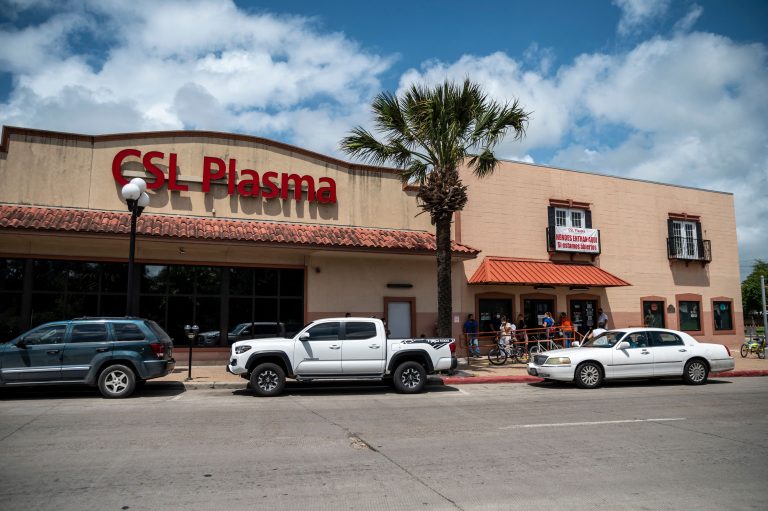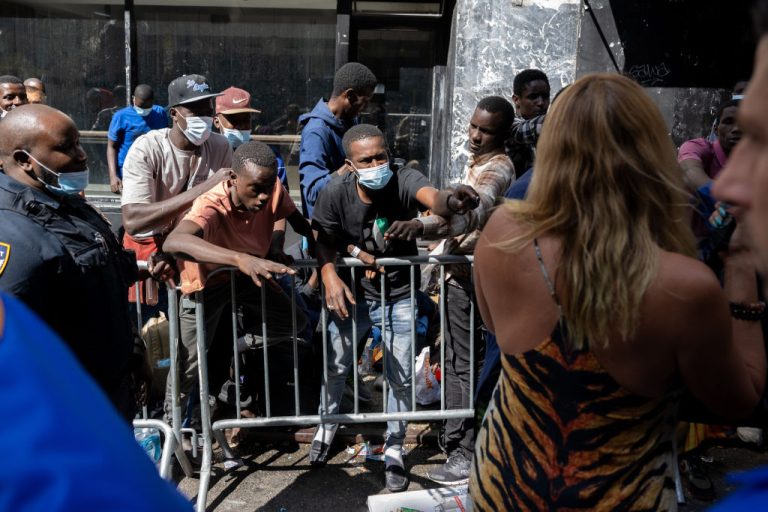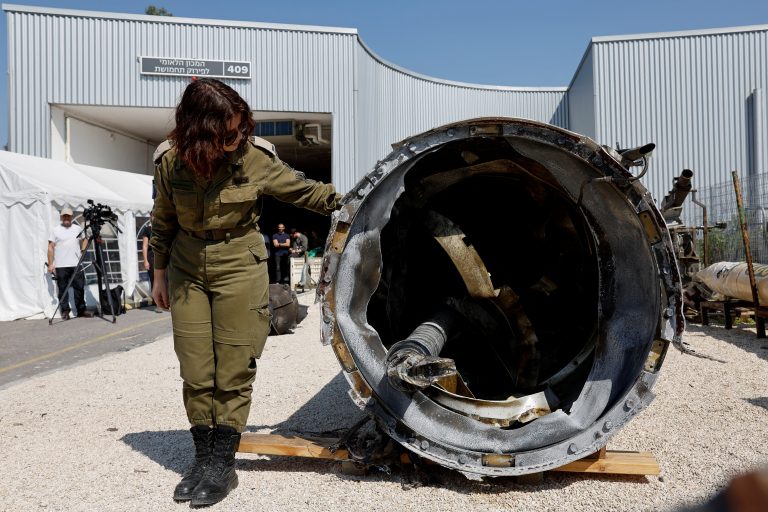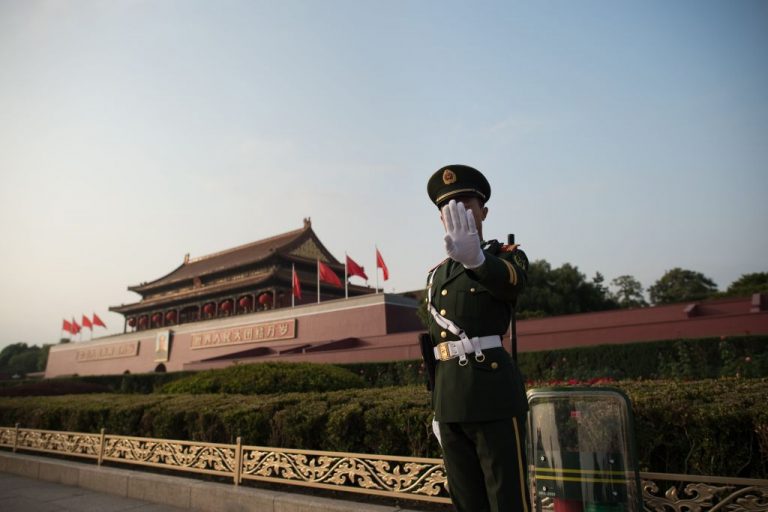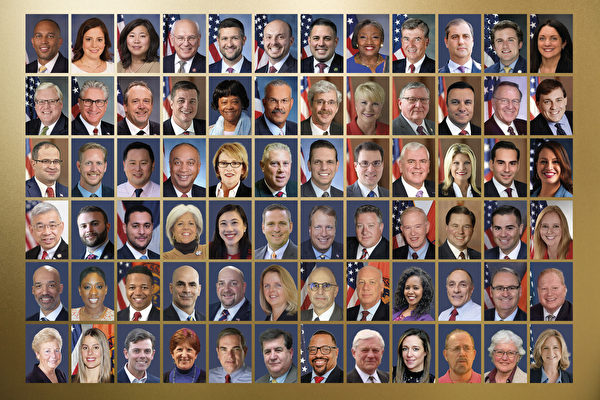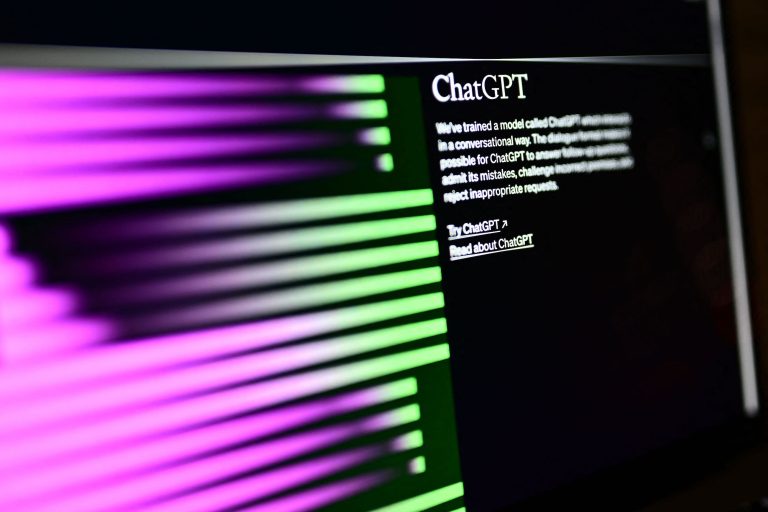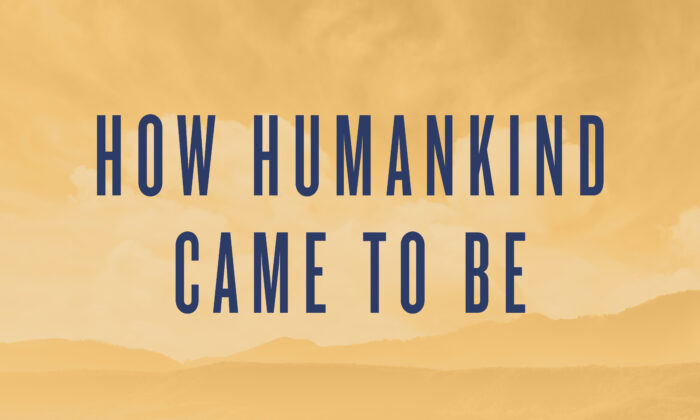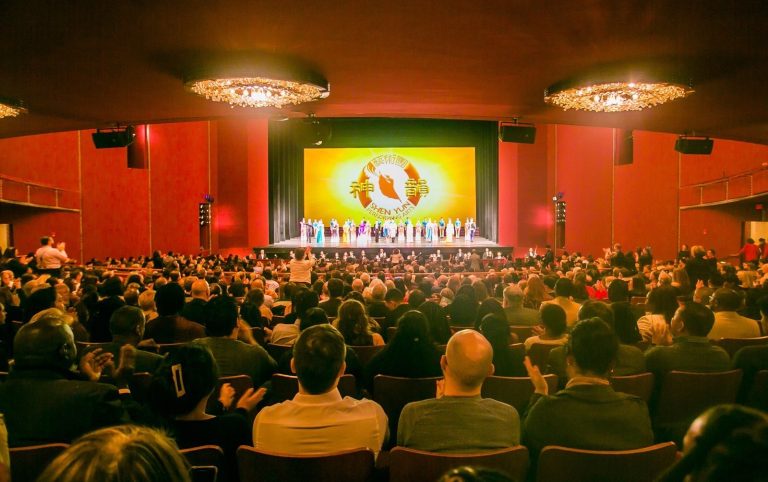While many view the act of giving blood as a noble one that may help a stranger in a time of need, millions of Americans are lining up every week to sell their blood for a fraction of what it’s worth on the global market just to make ends meet.
Alan Macleod, writing for MintPress News in a piece titled “Harvesting the Blood of America’s Poor: The Latest Stage of Capitalism,” writes that “around 130 million Americans admit an inability to pay for basic needs like food, housing or healthcare, buying and selling blood is of the few booming industries America has left.”
According to Macleod, the U.S. supplies 70 percent of the world’s plasma, mainly because “most other countries have banned the practice on ethical and medical grounds.”
RELATED READING:
Chinese Man Spends 6 Months as Blood Slave in Cambodia After Responding to Fake Job Ad
Today, the industry is worth over $28.6 billion and is projected to grow “radiantly” according to an industry report on the matter.
Success
You are now signed up for our newsletter
Success
Check your email to complete sign up
What Macleod reveals in his piece is that the majority of the blood harvested in the U.S. goes to people in wealthy countries in Europe, as well as China and Japan. Germany buys 15 percent of all U.S. blood exports.
Of particular value is plasma, a golden liquid that transports red and white blood cells around the body.
Like many industries in the U.S. a few corporations have cornered the market namely Grifols and CSL Plasma. CSL Plasma boasts on their website that donors can “receive more than $1,000* your first month!”
MacLeod asserts that in order for these “vampiric corporations” to make huge profits they consciously target the poorest and most desperate Americans.
For instance, a study found that the majority of donors in Cleveland generated a third of their personal incomes from “donating” blood.
America is struggling
In the United States where 58 percent of people live paycheck to paycheck with savings of less than $1,000 and 37 million Americans go to bed hungry while millions more rely on friends and family to provide a roof over their heads, Macleod says these corporations, in a very real sense, are “harvesting the blood of the poor, literally sucking the life out of them.”
In conversation with MintPress, Andrew Watkins, who sold his blood in Pittsburgh for approximately 18 months said, “The centers are never in a good part of town, always somewhere they can get a never ending supply of poor people desperate for the hundred bucks a week.”
He described the patrons of these centers as a “mix of disabled, working poor, homeless, single parents, and college students.” He said that while a job may fire you at any time, you always have blood to sell adding that, “blood doesn’t count as a job or income when it comes to determining disability benefits, food stamps, or unemployment eligibility so it’s a source of money for the people who have absolutely nothing else.”
American Zombies
Macleod said that every respondent he interviewed agreed that they were being exploited however he points out that it is in more ways than one.
People are eligible to donate blood twice per week or 104 times a year however losing that much blood leaves donors sluggish and facing murky health consequences as more research is necessary to determine the long-term effects of donating that volume of blood.
“Around 70 percent of donors experience health complications,” Macleod writes.
“Many regulars suffer from near-permanent fatigue and are borderline anemic,” leading MacLeod to conclude that “this debilitating practice is zombifying America’s poor.”
Donors exhibit a lower protein count in their blood, putting them at risk of infections and liver and kidney disorders, all for an average payout of $30 per visit. While donors receive an average of $30 per visit the corporations harvesting the blood then turn around and sell it on the global market for hundreds.
Blood transfusions forwarding the transhumanist agenda
College students, looking to subsidize the cost of their books or to have some extra money in their pockets for a night on the town are who these corporations are particularly interested in.
The blood of the young is in high demand and the pursuit of transhumanist anti-aging technologies is driving the thirst.
MacLeod cites one company, Ambrosia, that charges $8,000 every time an “aging tech executive” from Silicon Valley receives a transfusion of youthful blood believing that it will in some way stave off the inevitable despite no clinical evidence supporting this belief.
Paypal co-founder and vocal transhumanist, Peter Thiel, is reportedly spending “vast sums of money” on funding anti-aging startups. He claims that people have been conned by “the ideology of the inevitability of the death of every individual.” Macleod writes that Thiel believes that “his own immortality may be just around the corner.”



